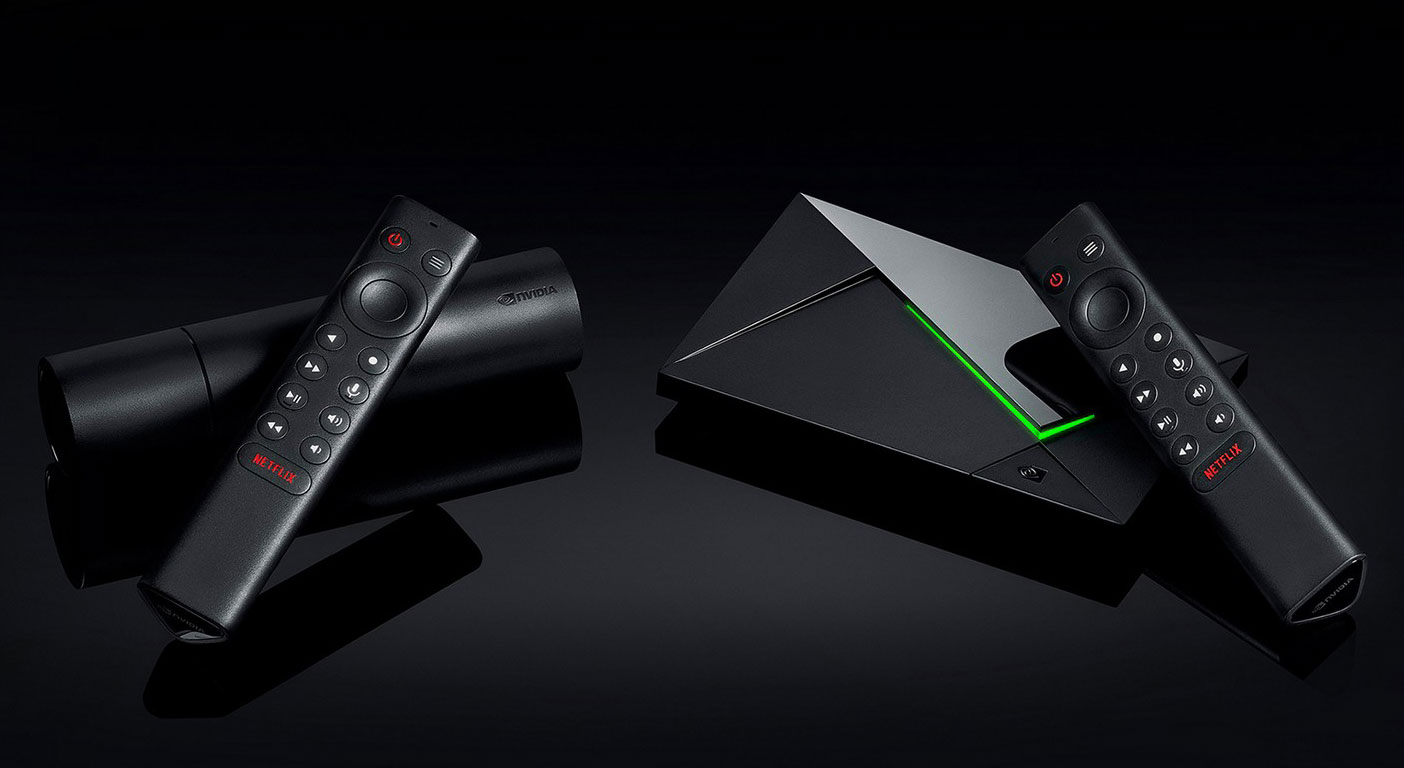Nvidia unveils a smaller, cheaper, more powerful Shield TV set-top box
The newest generation Shield TV starts at $149.

Nvidia on Monday rolled out a couple of new generation Shield TV models, and both look to be worthy upgrades to the 2017 versions they replace. They're also cheaper—the 2019 model Shield TV costs $149.99, and the Shield TV Pro is priced at $199.99.
Previously, the Shield TV started at $199.99, so we're looking at a $50 price reduction for the baseline model. It's not exactly a crippled set of hardware, either. Nvidia turned to a new Tegra X1+ system-on-chip (SoC) to power the 2019 Shield TV models, saying it delivers up to 25 percent better performance than its predecessor (for reference, the Nintendo Switch is built around the previous generation Tegra X1).
Here's a rundown of the specs:
- Processor—Nvidia Tegra X1 processor w/ 256-core GPU
- Memory—2GB RAM
- Storage—8GB storage (expandable via microSD)
- Wireless connectivity—Wi-Fi 5 (802.11ac) + Bluetooth 5.0
- Ports/Interface—GbE LAN, HDMI 2.0b, microSD
- OS—Android 9 Pie
- Dimensions—1.57 (H) x 1.57 (W) x 6.5 (D) inches (4 x 4 x 16.5 cm)
- Weight—4.83 ounces (137 grams)
- Price—$149.99
The Shield TV Pro ups the ante with more RAM (3GB versus 2GB) and more storage (16GB versus 8GB). It also trades the microSD card slot for a pair of USB 3.0 Type-A ports to connect high-capacity storage drives and other USB devices, and supports running a Plex Media server.
Both the Shield TV and Shield TV Pro support 4K playback (up to 60 fps), HDR (Dolby Vision and HDR10), and Dolby Atmos audio decoding, the latter of which is done on the Shield TVs to sidestep potential pass-through issues that might arise from protected audio feeds.
"These new models provide a big step up for Shield, which has consistently delivered groundbreaking innovations in the living room since its introduction five years ago," said Jeff Fisher, senior vice president of the Consumer Business at Nvidia. "They deliver unquestionably best-in-class entertainment, supported by Dolby Atmos, Dolby Vision and our breakthroughs in using AI to improve video streaming playback."
Nvidia is also touting AI upscaling. 720p and 1080p feeds can be stretched to 4K at up to 30 fps. The AI routine is specific to the Tegra X1+ processor, so this is not a feature that will be pushed out to previous generation Shield TV models by way of software update.
The biggest gaming news, reviews and hardware deals
Keep up to date with the most important stories and the best deals, as picked by the PC Gamer team.
For the most part, we have generally been impressed with previous Shield TV models (we awarded the 2015 model a 90 score when we reviewed it in 2015). It has grown to become what Valve's Steam Link should have been all along.
These latest iterations push things even further. The cheaper Shield TV looks particularly intriguing, with a new form factor (cylindrical design) to boot. Both models come with a voice-controlled remote (powered by a pair of AAA batteries), and are available now in the US, Canada, and select European countries.
It will also be interesting to see how these new models affect pricing on previous versions, particularly with Black Friday deals right around the corner. As always, we'll be on the lookout for the best Nvidia Shield deals.
Paul has been playing PC games and raking his knuckles on computer hardware since the Commodore 64. He does not have any tattoos, but thinks it would be cool to get one that reads LOAD"*",8,1. In his off time, he rides motorcycles and wrestles alligators (only one of those is true).


